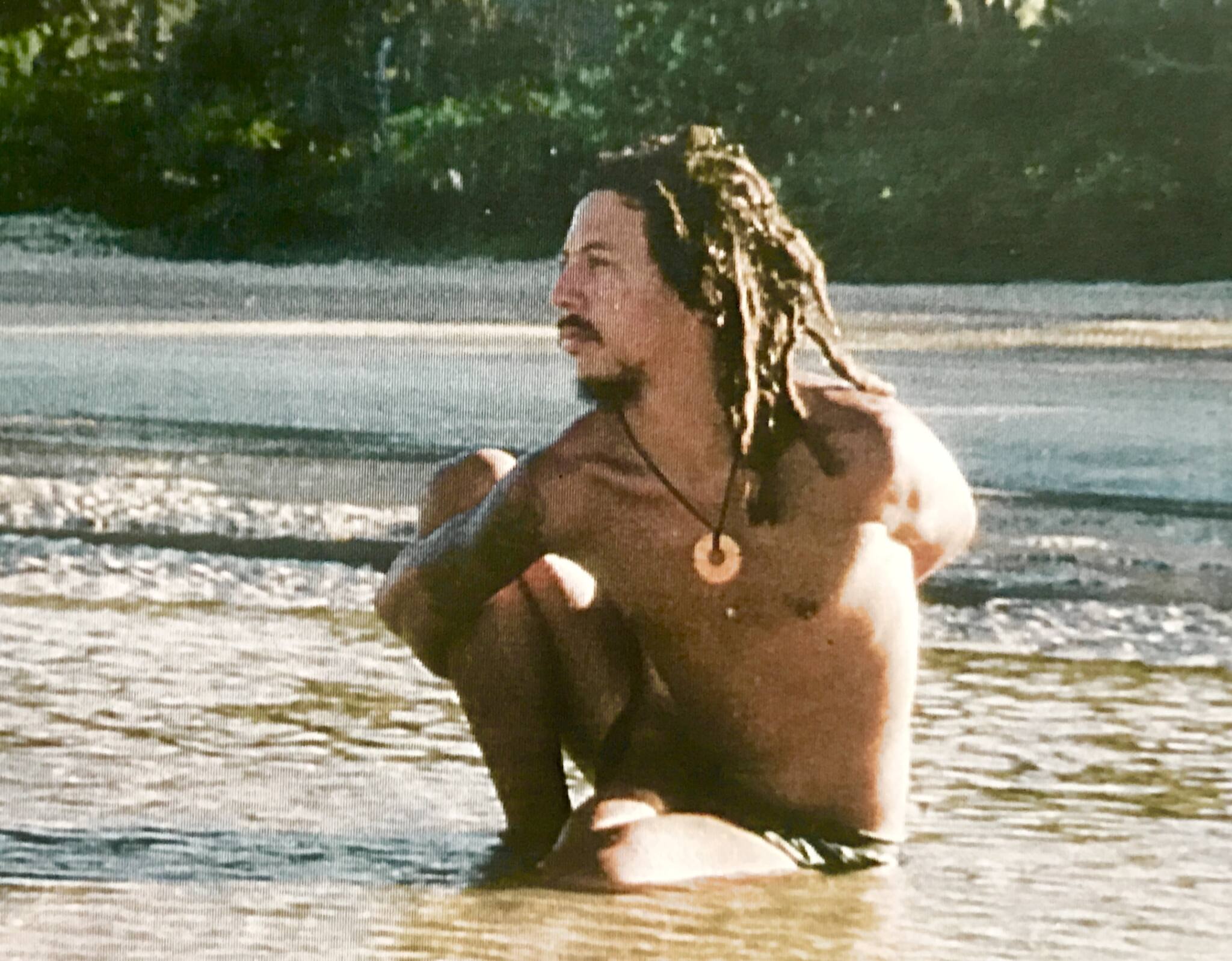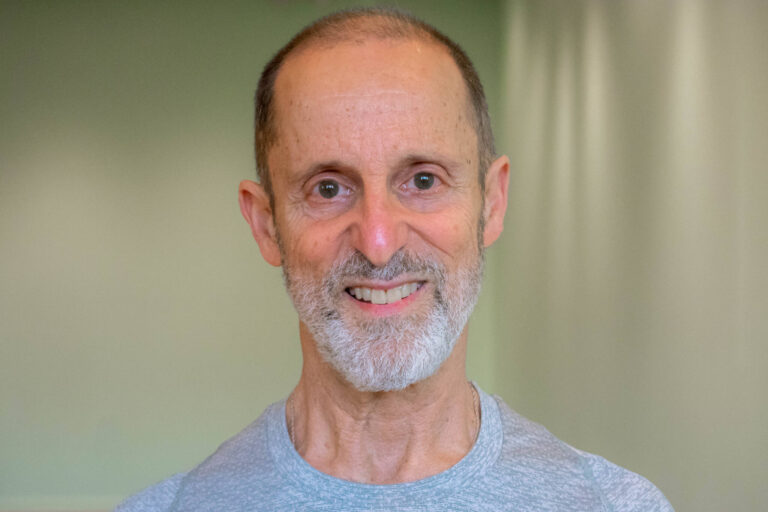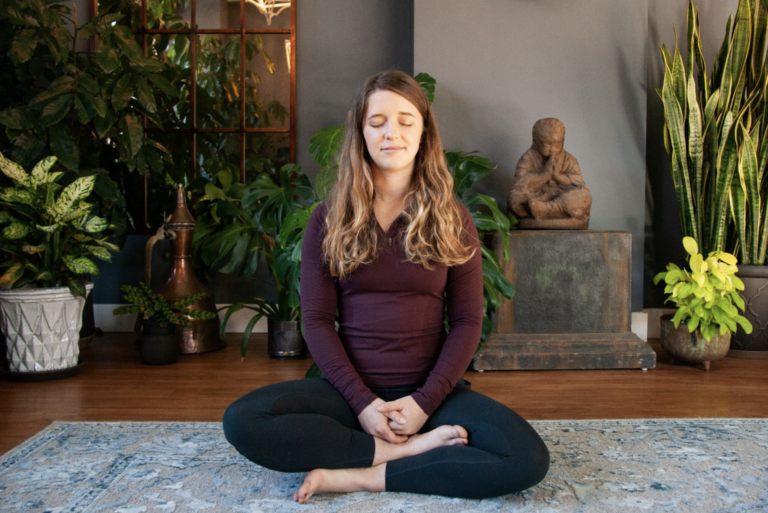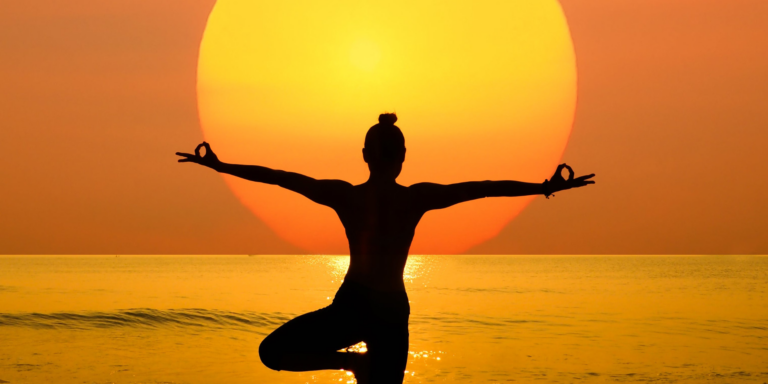
Gota Cebrero: A Journey of Yoga, Culture, and Connection
This month, we’re honored to shine a spotlight on Gota Cebrero, a beloved instructor at Asheville Yoga Center whose life journey is as rich and diverse as his teaching. From the southern reaches of Argentina to the tranquil mountains of Asheville, Gota’s path has been one of continuous exploration, deep spiritual connection, and an unwavering commitment to sharing the transformative power of yoga.





